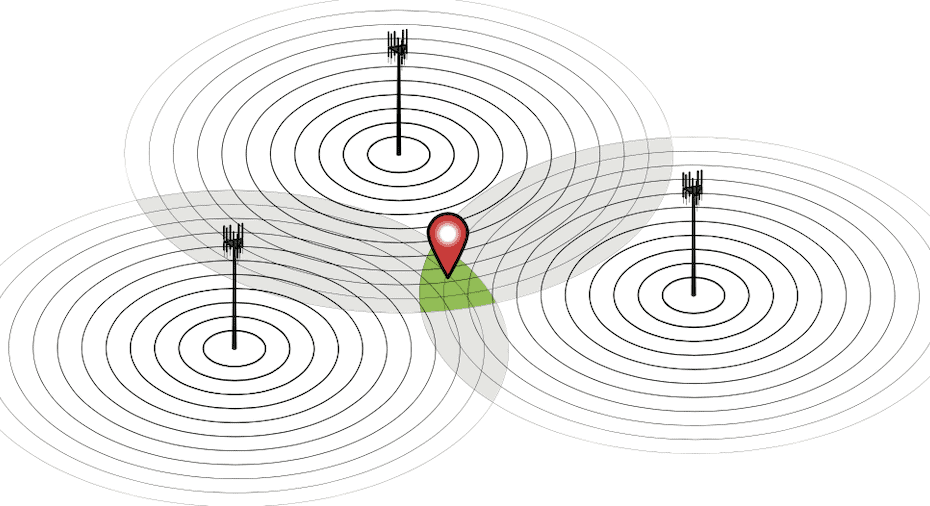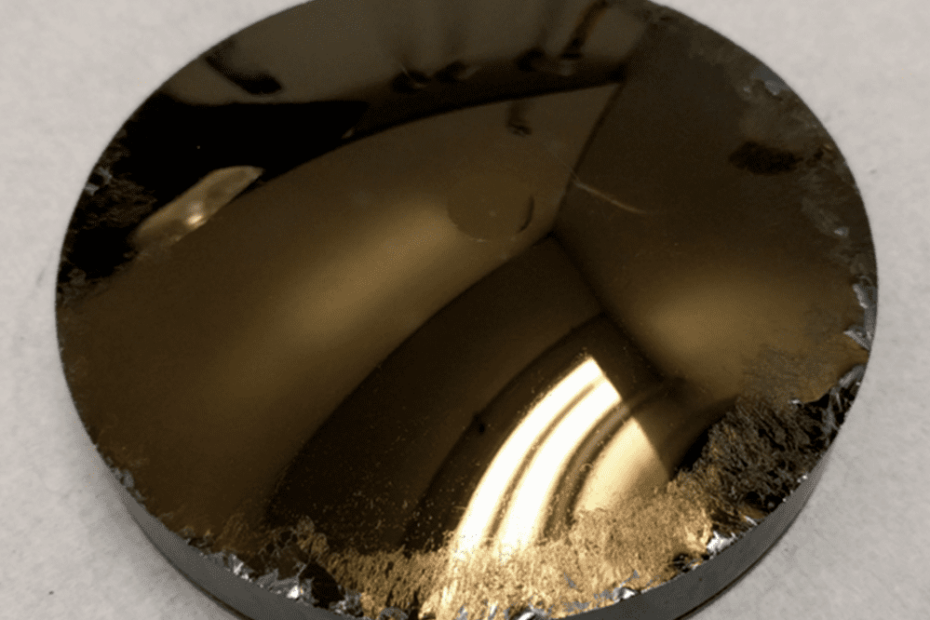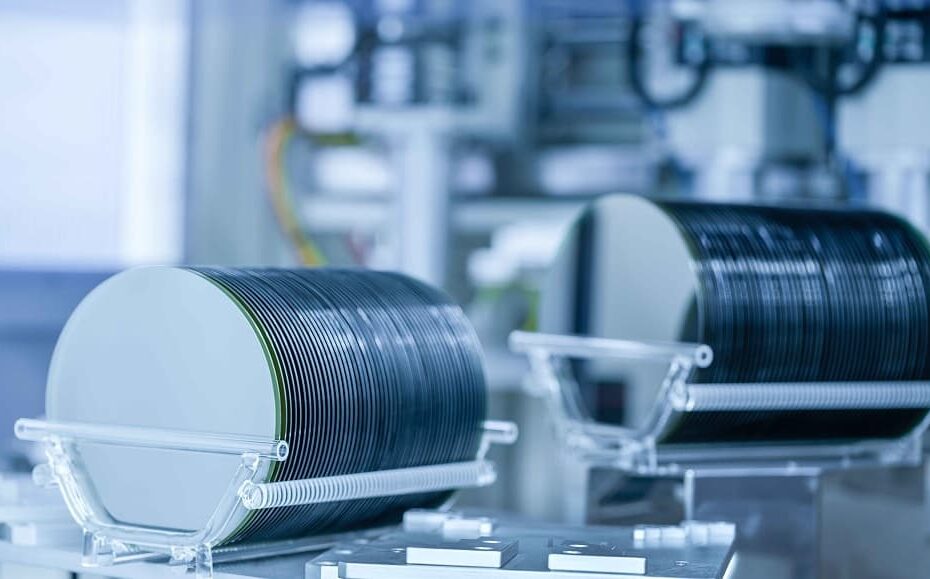Cryptocurrencies in Africa: Wary Regulators Struggle to Control Eager Adopters
By Fred Ohwahwa
What’s at stake?
Many enterprises and private citizens in Africa were quick to embrace digital currencies but differences abound between governments and businesses on its legality and how it should be applied. The recent implosion of FXT in the US has only intensified the uncertainties around crypto currencies in the continent.
The crumbling of US crypto currency giant FXT reverberated worldwide and especially in emerging markets where the fallouts are still being evaluated.
In Africa, the IFX saga has increased the uncertainties surrounding digital currencies even as many enterprises and adopters continue to tout the benefits, often ignoring legal obstacles some governments are putting in their way.
Read More »Cryptocurrencies in Africa: Wary Regulators Struggle to Control Eager Adopters








